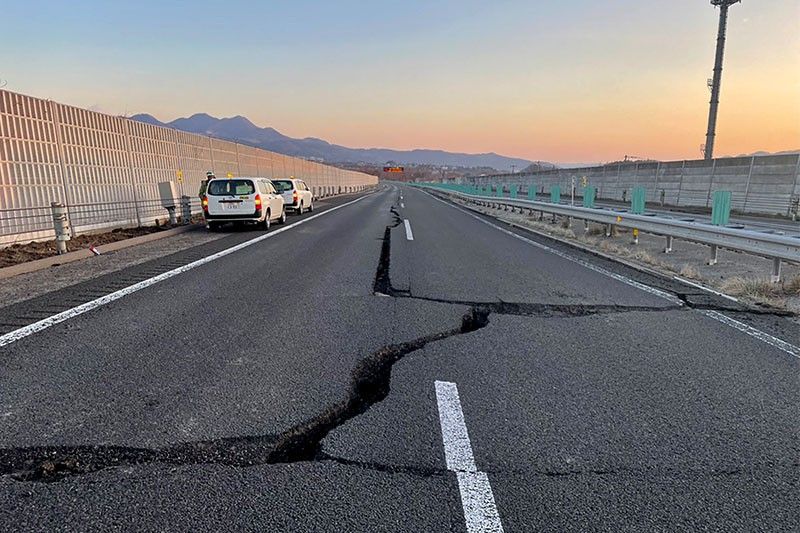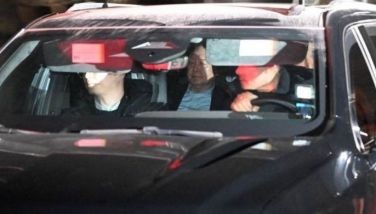Two dead in powerful Japan quake

SHIROISHI, Japan — Two people were killed and dozens injured in a powerful overnight earthquake that rattled large parts of east Japan and prompted a tsunami warning, authorities said Thursday.
Residents and officials in the country's northeast were still trying to assess the damage early on Thursday, after the 7.4-magnitude quake that hit shortly before midnight.
A tsunami warning for waves of up to a metre in parts of northeast Japan was lifted in the early hours of Thursday, after authorities recorded water levels up to 30cm higher than usual in some areas.
Multiple smaller jolts continued to hit the region throughout the night and morning on Thursday.
Initial reports of damage appeared relatively minor, in a country with tough building codes intended to protect against devastation from frequent earthquakes, and officials said there were no abnormalities at nuclear plants.
"We're doing our best to assess the extent of the damage," government spokesman Hirokazu Matsuno told reporters overnight.
"Major aftershocks often happen a couple of days after the first quake, so please stay away from any collapsed buildings... and other high-risk places," he added.
Two people were killed in the quake, one in the Fukushima region and a second in neighbouring Miyagi, according to the Fire and Disaster Management Agency, with over 90 people injured across several regions.
The quake struck at a depth of 60 kilometres (37 miles) off the Fukushima coast and was preceded minutes earlier by another strong 6.1-magnitude shake in the same area, Japan's Meteorological Agency said.
The night-time shaking came just days after Japan marked the 11th anniversary of a massive quake that triggered a deadly tsunami and the Fukushima nuclear catastrophe.
The overnight quake produced strong shaking in the coastal northeast, where items were thrown from the shelves of convenience stores and bookcases toppled over in homes.
The jolts also rattled the capital and temporarily plunged parts of Tokyo and other areas into darkness.
Around two million homes lost power in the capital and elsewhere in the immediate aftermath of the quake, but it was progressively restored throughout the night. Around 35,600 homes in the Miyagi and Fukushima areas were still without power on Thursday morning, electricity firm TEPCO said.
'Extremely violent shaking'
Japan's nuclear authority said no abnormalities were detected at the Fukushima plant that went into meltdown in 2011 when the tsunami hit, while pumps for cooling pools at some reactors temporarily halted but resumed operation shortly afterwards.
Some damage was reported, including the collapse of a stone wall at the site of Aoba castle in Sendai city, and Shinkansen bullet train derailed north of Fukushima city.
There were no injuries in the derailment, but 75 passengers and three staff on board were trapped for four hours before being able to escape the train.
An official in the emergency department of the local government of Ishinomaki told AFP overnight he had been woken by "extremely violent shaking".
"I heard the ground rumbling. Rather than feeling scared, I immediately remembered the Great East Japan Earthquake," he said, referring to the 2011 disaster.
Japan sits on the Pacific "Ring of Fire", an arc of intense seismic activity that stretches through Southeast Asia and across the Pacific basin.
The country is regularly hit by quakes, but it remains haunted by the memory of the 2011 catastrophe which left 18,500 people dead or missing, most in the tsunami.
Around the stricken Fukushima plant, extensive decontamination has been carried out, and no-go zones now cover just 2.4 percent of the region, down from 12 percent, though populations in many towns remain far lower than before 2011.
- Latest
- Trending
































